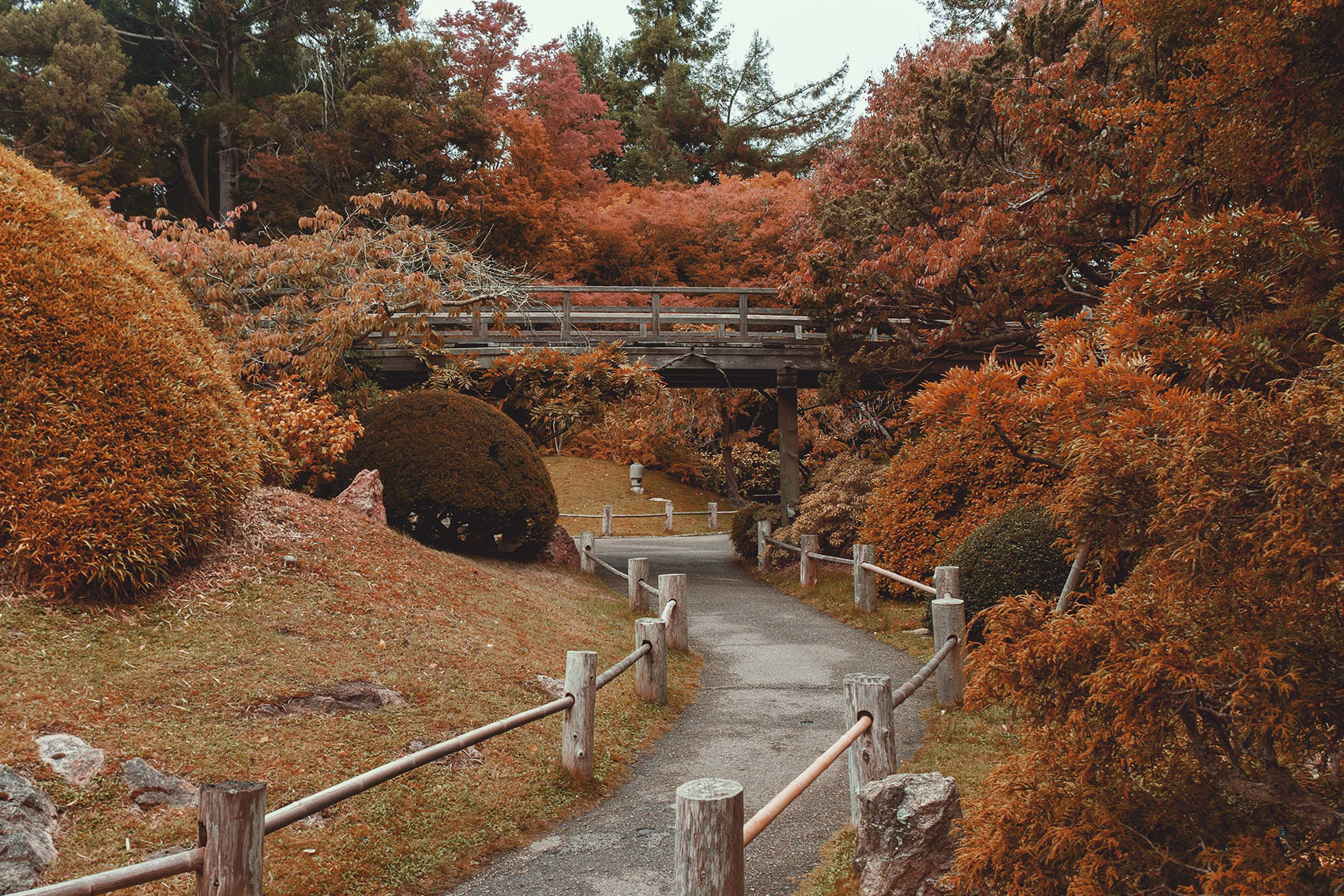Ancient Chinese culture had a great influence on Japan, and today’s Japanese language is also largely derived from Chinese. Among many influences, poetry is a very important part. This essay will analyze the relations and differences between ancient Chinese and Japanese poetry from the aspects of the development of poetry, the use of imagery, and the similarities and differences in themes.
Japanese poetry is evolved from Chinese. The earliest poetry collections in China were born in 45 BC, and the first Japanese poetry collection manyoshu with similar characteristics of Chinese poetry was born in 759 AD. Prior to this, the poetry that prevailed in imitation of Chinese poetry was prevalent; the first collection of poems in Japan, Kaifūsō(AD 751), included Chinese poetry that was written entirely in Chinese characters, rhymed feet, and so on. Both China and Japan have a deep tradition of poetry, but what is interesting is that Chinese poetry is referred to as “poetry” and Japanese poetry is simply called “waka”. Chinese language have a lot of individualized transitive verbs, which is lacked in Japanese ones(Fenollosa, 2009). Chinese people think that poetry is the highest level of literature, and the requirements for the form, rhythm and emotion of the poetry are very strict. This led Japan to gradually imitate and develop its own way of writing.
The most appearing feature in the Chinese and Japanese poetry is use of natural imagery. The classical poetry in either Chinese or Japanese is marked by expression of human sentiments(Jorgensen, 2012). Willow has acted as one of the most common roles in the poetry of China and Japan – marking the arrival of spring. Those Chinese poets are using the image of willow to mock political affairs, express themselves, and reveal the corruption of the rulers. In Chinese poetry, the intention of the moon is generally to express the jealousy of the brigade life. However, in the waka, the image of the moon usually has only its own meaning, that is, to simply write a scene and write the brilliance and beauty of moonlight. From the perspective of image aesthetics, the focus of the waka is on the image itself, focusing on “objects.” In contrast, Tang poetry focuses on the society and focuses on the “person” behind “materials.” The emotions expressed by waka are personal emotional experiences caused by “things”, and the sentiments expressed in Tang poetry are based on human social rationality and are closely related to people’s social morality mentality and social concern.
One of the reasons for the difference is the social environment. China is a vast country with vast territory. The border is always full of foreign invasion, and Japan has been in a state of social stability for a long period of time. Even in the 300 years after AD 800, there was hardly any war or execution. This social environment makes people have leisure time to enjoy nature and life. Waka is specifically the court poetry(“Waka | Japanese poetry | Britannica.com” , 2017). Most of the waka writers are noblemen, monks, and emperors. Their lives will not have much worries and their works have Delicate aesthetic style. Most Chinese poets also participated in the war. Frontier related poetry was created by those who were originally literate and ambitious. Naturally there will be different feelings.
Both Chinese and Japanese poetry have a lot in common. However, in the middle and late stages of development, waka elicited content with Japanese characteristics, and Chinese poetry gradually took on Chinese characteristics.

